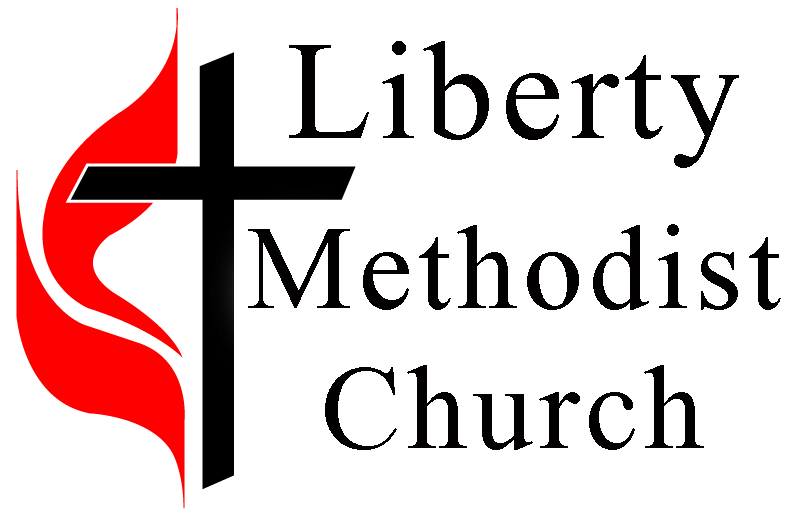Methodist preachers, even in England, Wales, Scotland and Ireland, were circuit riders and traveled many miles each year on horseback spreading the Gospel of Jesus Christ and establishing new churches along the circuit. During the early 19th century in America, the Methodist Episcopal Church was experiencing problems and divisions over issues such as the authority of the church and slavery. It was during this problematic period of Methodism in early America, Liberty Methodist Episcopal Church found its roots in Perry County, Alabama.
Perry and Greene Counties in Alabama were created on December 13, 1819. Pioneers from the Carolinas, Tennessee and Georgia came to this part of Alabama when the area was opened to settlement.
On October 9, 1838, John B. Ryan sold approximately two (2) acres of land in Greene County located in the South East Quarter, Section Thirteen, Township Twenty-two, Range Five containing two acres more or less to the Methodist Episcopal Church of the United States of America for the sum of five dollars that was paid by church elder Henry Cook, Jr.
This deed found today in Book M, pages 439, 440 and 441 in Hale County, Alabama, for some reason, was not filed for record until November 11, 1890. Looking into the histories of Greene and Hale counties might explain why the deed was not recorded until 1890. The first county seat of Greene County was Erie, located near present day Sawyerville, Alabama and was vacated because of frequent flooding and the prevalence of yellow fever. The county seat was moved to Eutaw and the first county courthouse was built in 1838. On January 30, 1867, parts of Greene, Marengo, Perry and Tuscaloosa counties used were to create Hale County, Alabama. Hale County courthouse was built in 1867 and still exists today where the first courthouse in Greene County burned in 1868.
There have been many preachers at Liberty Methodist Church since it was formed in the early 1800s. Robert Ramey, former Hale County School Superintendent, said all three (3) of his great-grandfathers were preachers of Liberty Methodist Church and Mark Smith (3rd Great-grandfather) was the first. Robert Ramey said Reverend Mark Smith is buried in an unmarked grave in the church cemetery.
In 1955, Micro Log and Timber Company found, during a survey of its land on three sides of the church property, the church and cemetery were not totally within the bounds of the land deeded to them in 1838. Micro Log and Timber Company and the current Board of Stewards of Liberty Methodist Church worked together to mark, establish and recognize the present boundary lines of the church lot and cemetery.
Compiled by: Amy Smithson, Bertha J. Hoggle, Paul RouLaine, Sr. and James M. Crowder


